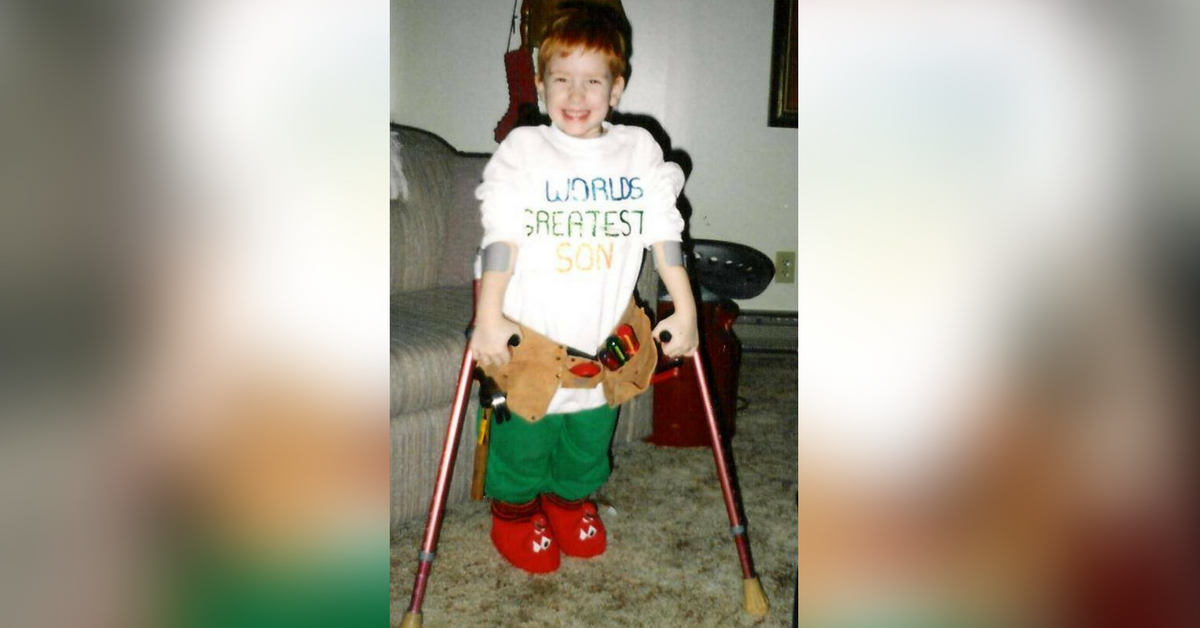Driving is a responsibility that requires full attention and adherence to safety rules. Unfortunately, many drivers develop habits that increase the risk of accidents. Understanding and rectifying these five habits can significantly reduce the likelihood of causing a car accident.
1. Distracted Driving
Distracted driving is one of the leading causes of car accidents. It involves any activity that diverts attention from driving, including talking or texting on your phone, eating and drinking, talking to people in your vehicle, or fiddling with the stereo, entertainment, or navigation system.
Texting and Driving
Texting is particularly dangerous because it combines visual, manual, and cognitive distractions. When you send a text message, you take your eyes off the road, your hands off the wheel, and your mind off driving, increasing the risk of an accident significantly.
Eating and Drinking
Eating or drinking while driving can also be a significant distraction. It may seem harmless, but taking your hands off the wheel and your eyes off the road, even for a moment, can lead to disastrous consequences.
2. Speeding
Speeding is another common habit that contributes to car accidents. It reduces the driver’s ability to react to sudden changes in traffic conditions and increases the severity of accidents when they occur.
Overconfidence
Many drivers believe they have the skills to handle high speeds, but overconfidence can be dangerous. The faster you drive, the less time you have to react to potential hazards, such as a car stopping suddenly in front of you or a pedestrian crossing the street.
Ignoring Speed Limits
Speed limits are set for a reason, considering factors like road conditions, traffic flow, and the likelihood of pedestrians. Ignoring these limits can put you and others at risk.
3. Aggressive Driving
Aggressive driving encompasses a range of behaviors, including tailgating, weaving in and out of traffic, and road rage. These behaviors can provoke other drivers and escalate dangerous situations.
Tailgating
Driving too closely behind another vehicle reduces the time you have to react if the car in front of you stops suddenly. This can easily lead to rear-end collisions, which are among the most common types of accidents.
Weaving in and Out of Traffic
Changing lanes abruptly and frequently can confuse other drivers and increase the risk of collisions. This is especially true on highways where vehicles of all sizes are driving. With accidents involving 18-wheelers much more likely to cause significant damage, it's essential to be patient and to use signals.
4. Driving Under the Influence
If you’re pulled over, it’s essential to know that about 72% of state patrol vehicles have in-car video systems. Your interaction can be recorded and serve as evidence if you’re under the influence of alcohol or drugs. These substances impair your ability to make sound judgments, slow your reaction times, and reduce your overall coordination.
Alcohol Impairment
Even small amounts of alcohol can affect your driving ability. It's best to avoid drinking altogether if you plan to drive. Utilize alternatives like designated drivers or rideshare services to stay safe.
Drug Impairment
Both illegal and prescription drugs can impair your ability to drive safely. Always read medication labels for warnings about drowsiness or other side effects that could affect your driving.
5. Fatigued Driving
Driving while tired is as dangerous as driving under the influence. Fatigue impairs your reaction time, vigilance, and ability to make good decisions.
Lack of Sleep
With 1.3 million deaths occurring due to car accidents in 2021, it’s essential to only drive you’re awake and able. A lack of sleep can severely affect your driving performance. Aim for at least seven to nine hours of sleep per night, and avoid driving if you feel drowsy. If you find yourself struggling to keep your eyes open, it's crucial to pull over and rest.
Long Drives
Long drives can be exhausting, even if you started the trip feeling wide awake. Take regular breaks, stretch your legs, and get some fresh air to stay alert. Sharing driving duties with another licensed driver can also help manage fatigue.
Preventing Accidents by Breaking Bad Habits
Recognizing these dangerous habits is the first step towards safer driving. Here are some tips to help you break these habits:
- Stay Focused: Keep your attention on the road. Put your phone on "Do Not Disturb" mode while driving, and avoid eating or drinking.
- Follow Speed Limits: Always adhere to speed limits and adjust your speed according to road and traffic conditions.
- Drive Calmly: Practice patience and avoid aggressive driving behaviors. Leave enough space between your car and the vehicle in front of you.
- Avoid Impairment: Never drive under the influence of alcohol or drugs. Plan ahead and use alternative transportation if necessary.
- Rest Well: Ensure you get enough sleep and take regular breaks on long journeys. Listen to your body and rest when needed.
Safe driving is not just about following the rules; it's about being mindful of your behavior and its impact on road safety.

